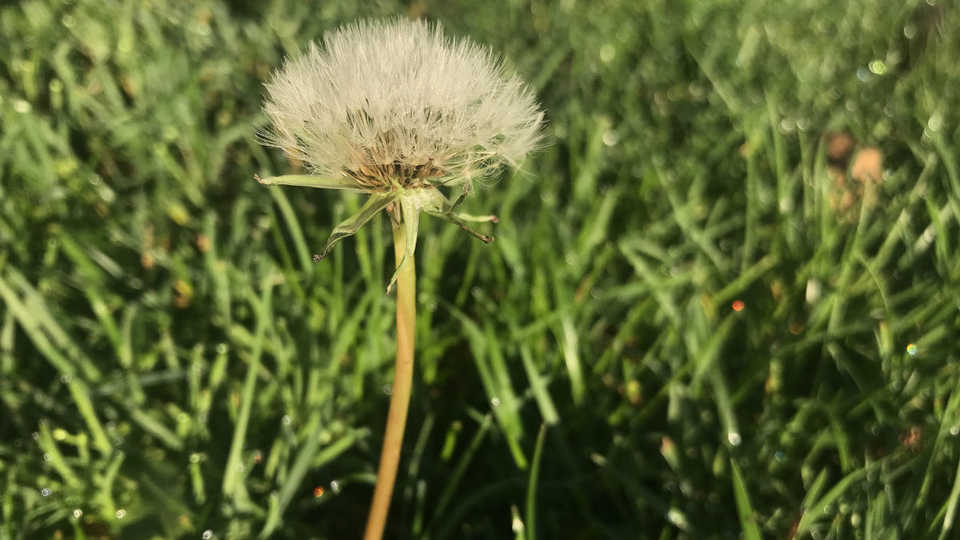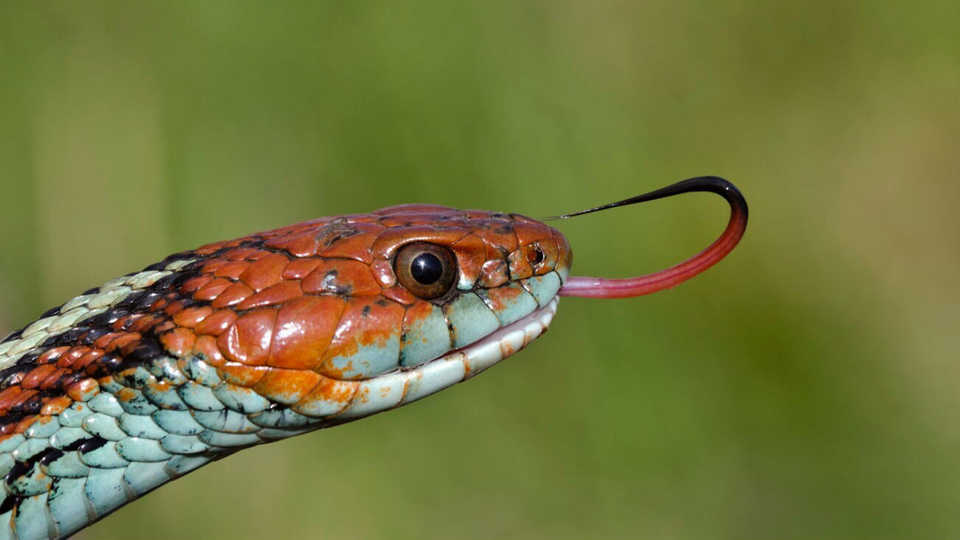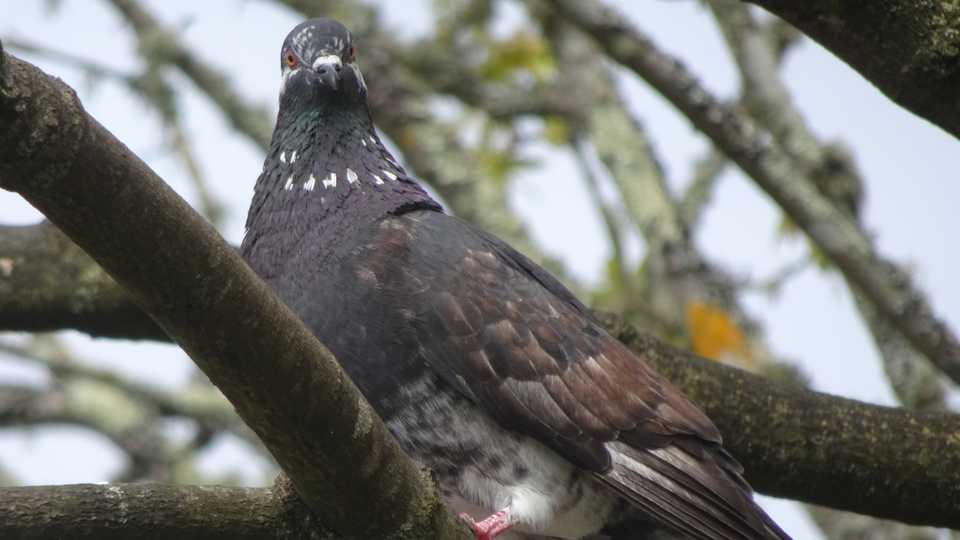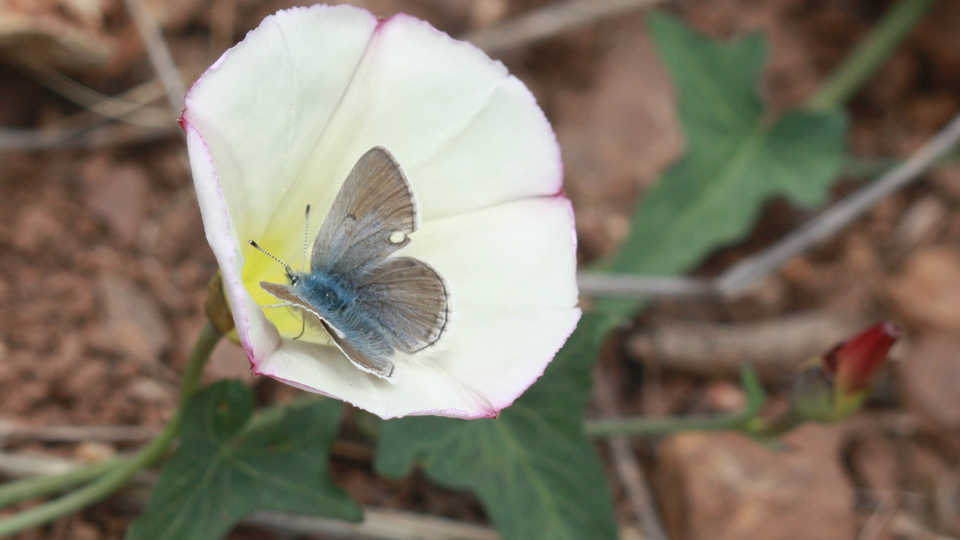The Institute for Biodiversity Science and Sustainability at the California Academy of Sciences is at the forefront of efforts to understand two of the most important topics of our time: the nature and sustainability of life on Earth. Based in San Francisco, the Institute is home to more than 100 world-class scientists, state-of-the-art facilities, and nearly 46 million scientific specimens from around the world. The Institute also leverages the expertise and efforts of more than 100 international Associates and 450 distinguished Fellows. Through expeditions around the globe, investigations in the lab, and analyses of vast biological datasets, the Institute’s scientists work to understand the evolution and interconnectedness of organisms and ecosystems, the threats they face around the world, and the most effective strategies for sustaining them into the future. Through innovative partnerships and public engagement initiatives, they also guide critical sustainability and conservation decisions worldwide, inspire and mentor the next generation of scientists, and foster responsible stewardship of our planet.
Citizen science data offer novel comparison of flora and fauna between metropolitan areas
SAN FRANCISCO (April 30, 2019) – Scientists are analyzing a rare snapshot in time of urban plants and animals. To better understand whether rapidly growing cities are hosting the same species, a concept known as urban homogenization, a team from the California Academy of Sciences analyzed an immense volume of data gathered by citizen scientists during the four-day global City Nature Challenge. The 14 U.S. cities included in the study amassed more than 65,000 wildlife observations identified to species level through the mobile app iNaturalist. Study findings suggest that despite similarities across cities, urban biodiversity still strongly reflects the species that are native to a region. However, observations of shared “cosmopolitan” species like pigeons, white-tailed deer, and dandelions were more numerous than locally occurring species. The study, published today in the journal PeerJ: Life & Environment, highlights the value of citizen science data in addressing complex questions about rapid changes in urban ecology.
“We found that the best predictor for the composition of a city’s plant and animal community is the surrounding region,” says Dr. Misha Leong, lead author and postdoctoral researcher. “This is reassuring in many ways because it tells us that urban biodiversity is not converging at the pace some predicted.”
Previously, multi-city studies examining urban homogenization were limited to simple species lists, but data gathered from the 2016 – 2018 City Nature Challenges allowed researchers to compare relative species abundance as well. Over 5,000 species were documented in the 14 U.S. cities involved in the study. Of those documented, only 100 species occurred in half of the participating cities. Even though the proportion of cosmopolitan species to native species is small, cosmopolitan species are more abundant—leaving researchers to investigate why.
“We’re seeing a greater abundance of common city species like crows and white-tailed deer versus native species in part because they probably actually are more abundant in cities, but also we have to consider the bias of the observer,” says Dr. Michelle Trautwein, co-author and curator of entomology. “Widespread cosmopolitan species are more recognizable. Citizens may be more inclined to take pictures of familiar wildlife rather than cryptic, native species.”
In addition to making comparisons between cities, the study also compared plants and animals within a city. The team analyzed each city across five levels of urban intensification ranging from natural areas to dense city centers. They found that community composition for any given land use type is most strongly predicted by its regional flora and fauna.
“It’s encouraging that in some cases, the species we expect to see in a region’s natural landscapes are still making a living in densely urban areas as well,” says Trautwein. “However, when comparing across land use types, we did see that dense city centers are the least regionally specific—likely because they host more species that thrive in cities all over the country.”
The rapid growth of human populations across the globe has facilitated the spread of certain species, like rats and fruit flies, that thrive off human-created habitats. As a result, dense city centers host a greater abundance of human-adapted plants and animals. Species that are closely associated with humans tend to be generalists as opposed to specialists. According to the study team, their success is something that warrants further investigation through more collection of citizen science data.
“Up until this point, a major limitation for analyzing urban biodiversity was collecting enough data from different cities in the same experiment,” says Leong. “With the City Nature Challenge we can ask new questions and analyze data that have been captured as a snapshot in time. We also have the rare opportunity of gathering data from both public and private property.”
The City Nature Challenge is an annual event organized by the California Academy of Sciences and the Natural History Museum of Los Angeles County. The 2019 Challenge runs April 26 – May 5 and involves over 150 cities around the globe. Observations are now being identified with results announced on May 6. Participants can contribute observations any time of the year—advancing scientific studies like this one—by downloading the free mobile app iNaturalist and documenting nature in their neighborhood.
Press Contacts
If you are a journalist and would like to receive Academy press releases please contact press@calacademy.org.
Digital Assets
Hi-res and low-res image downloads are available for editorial use. Contact us at press@calacademy.org to request access.



